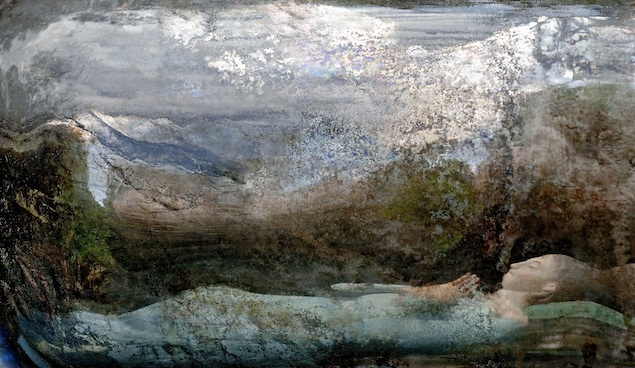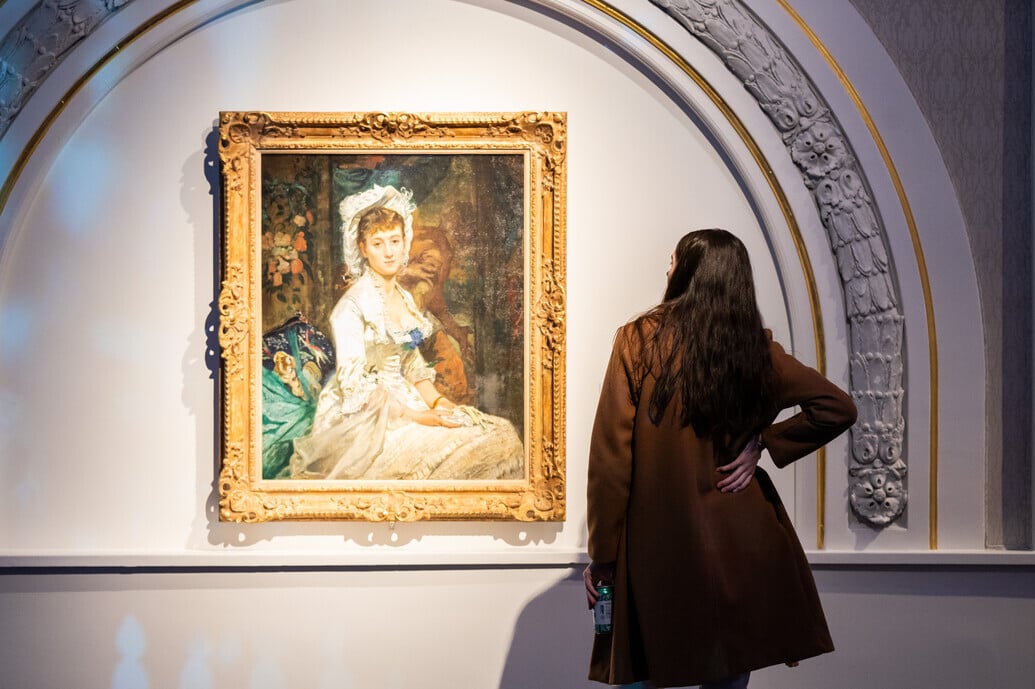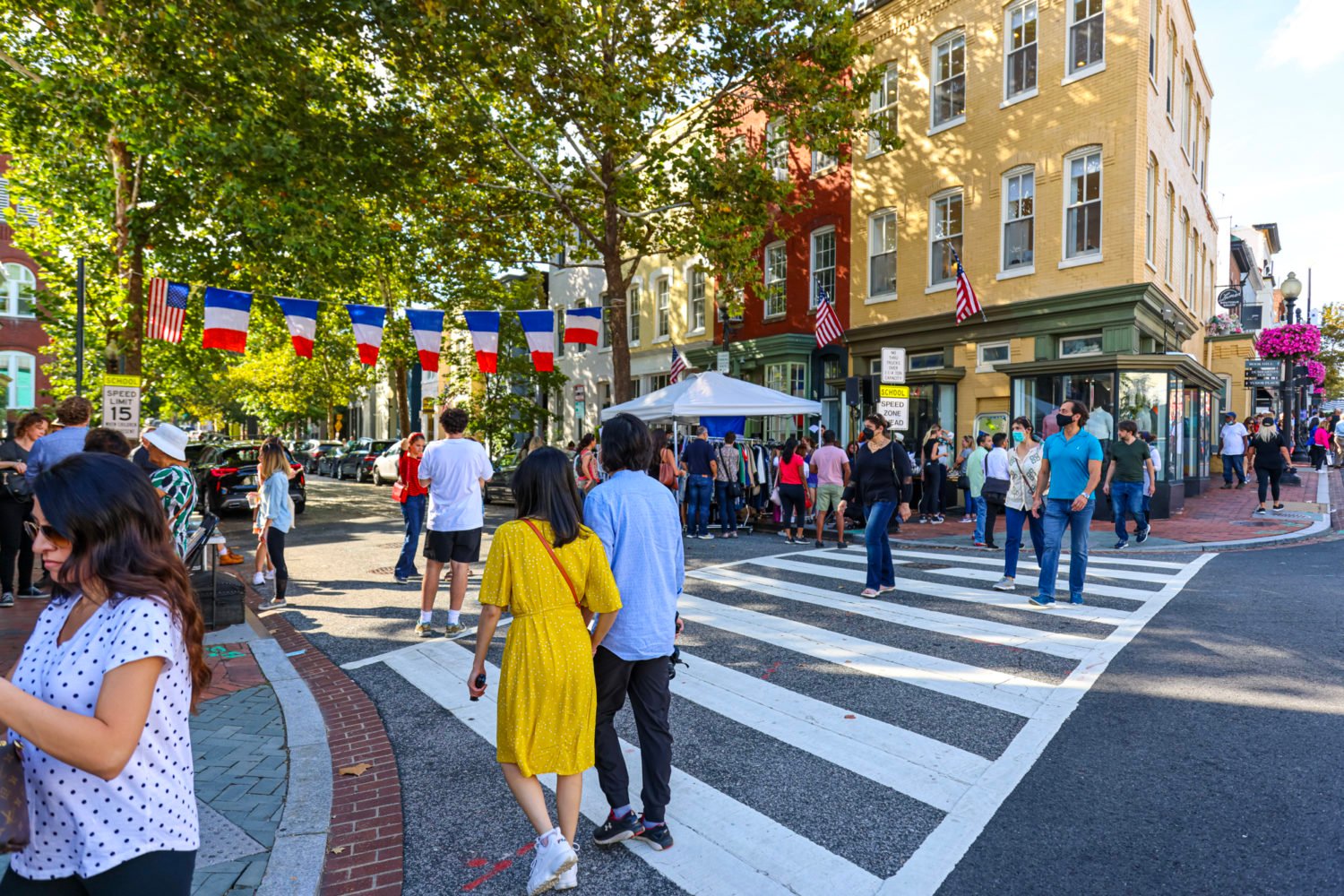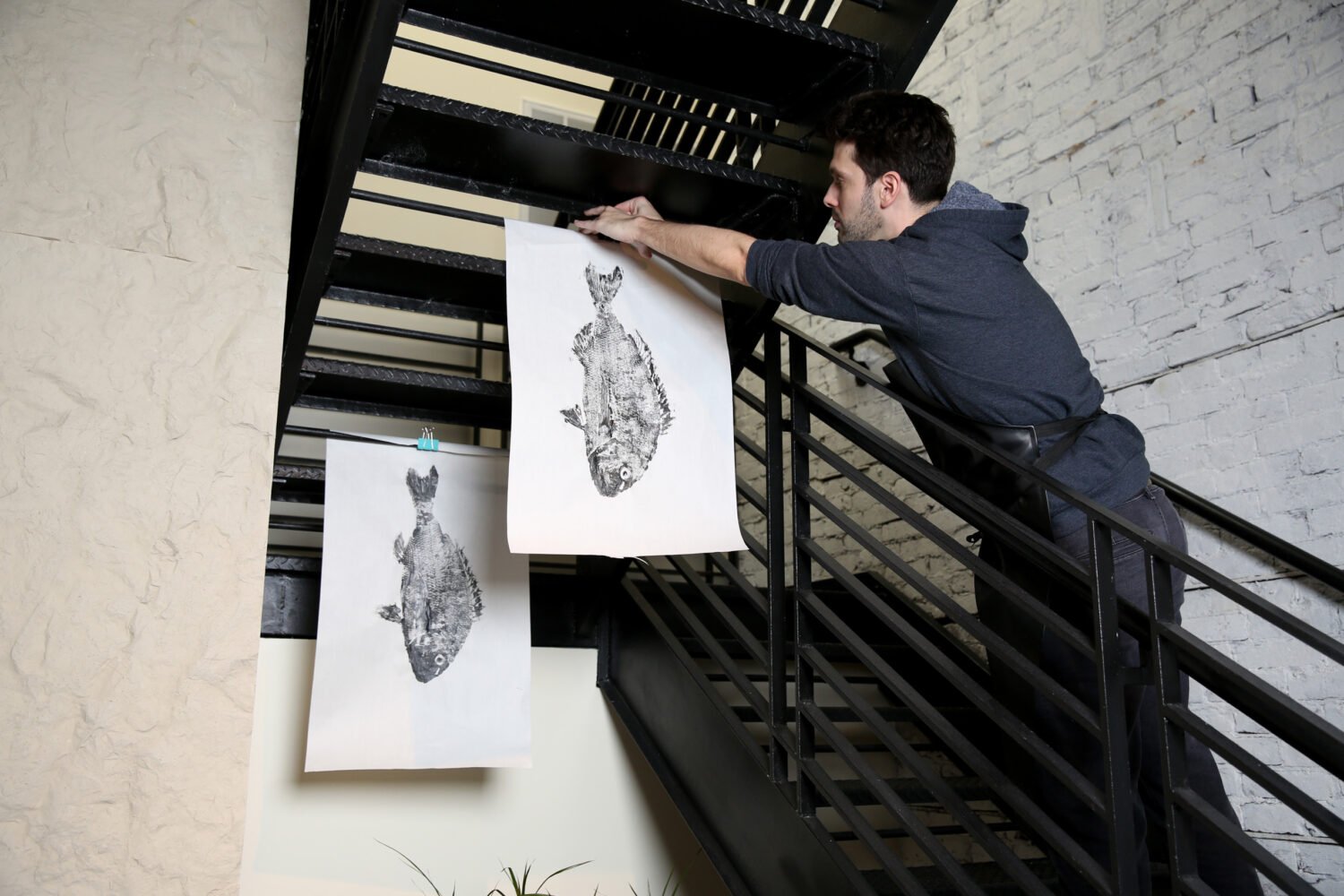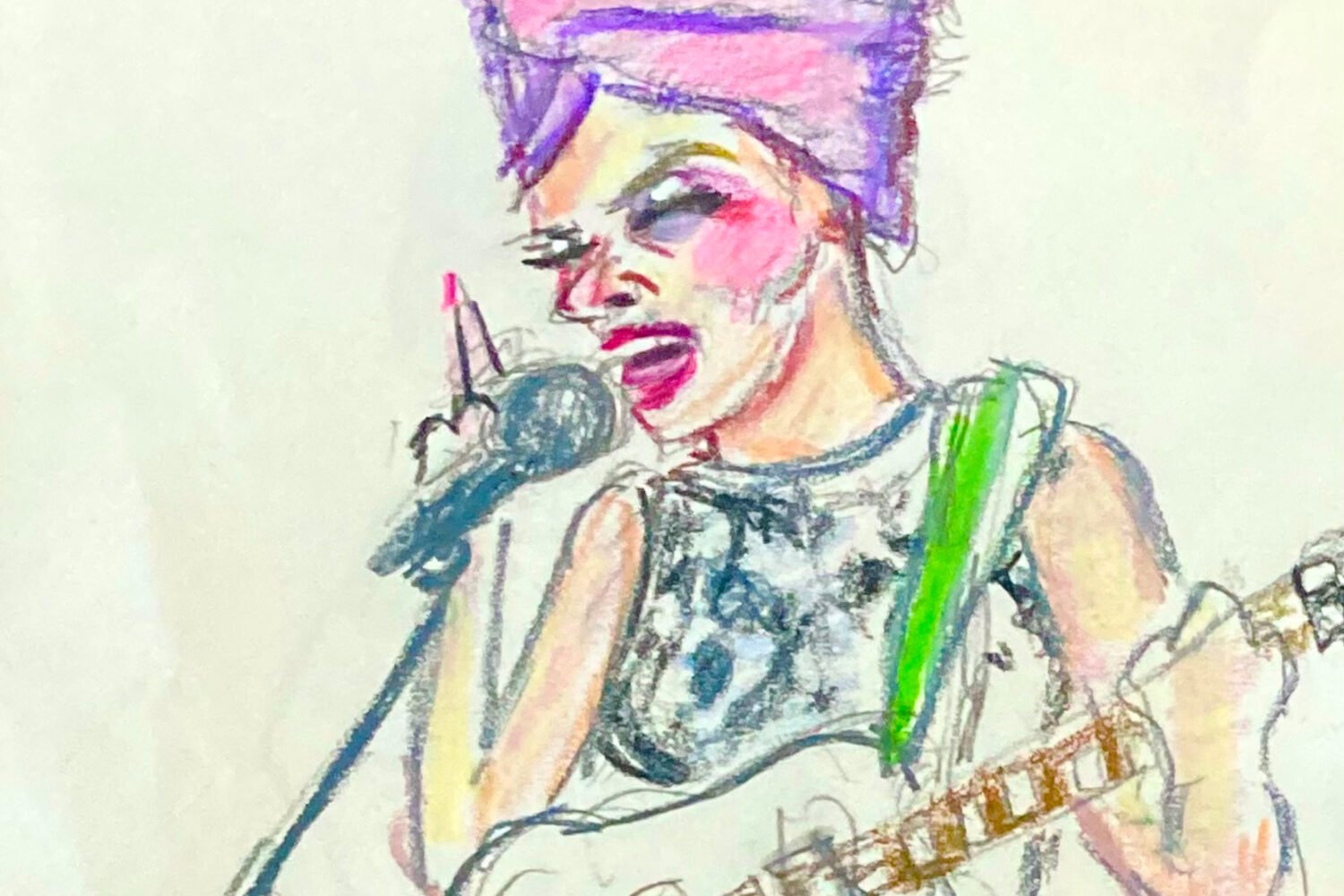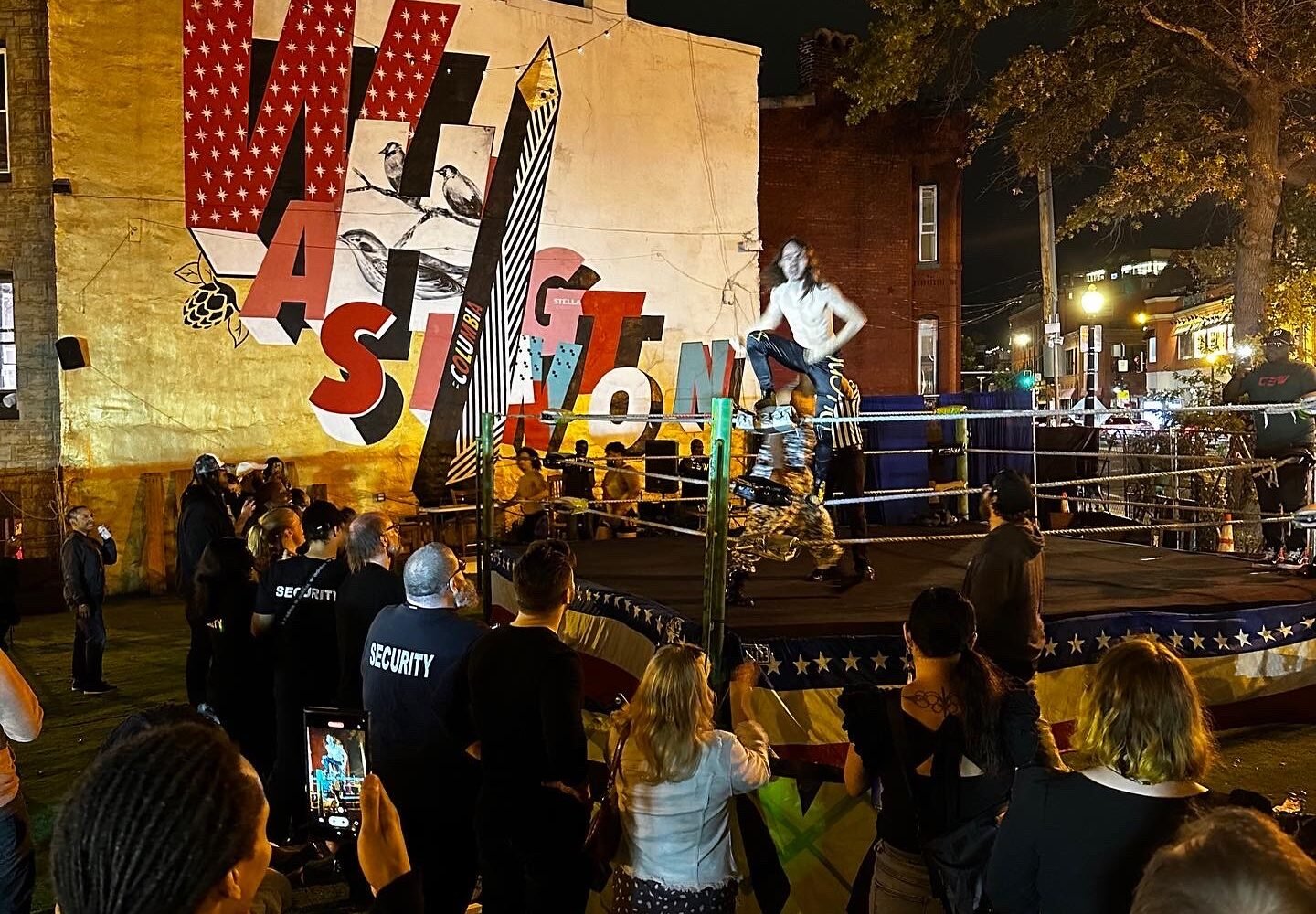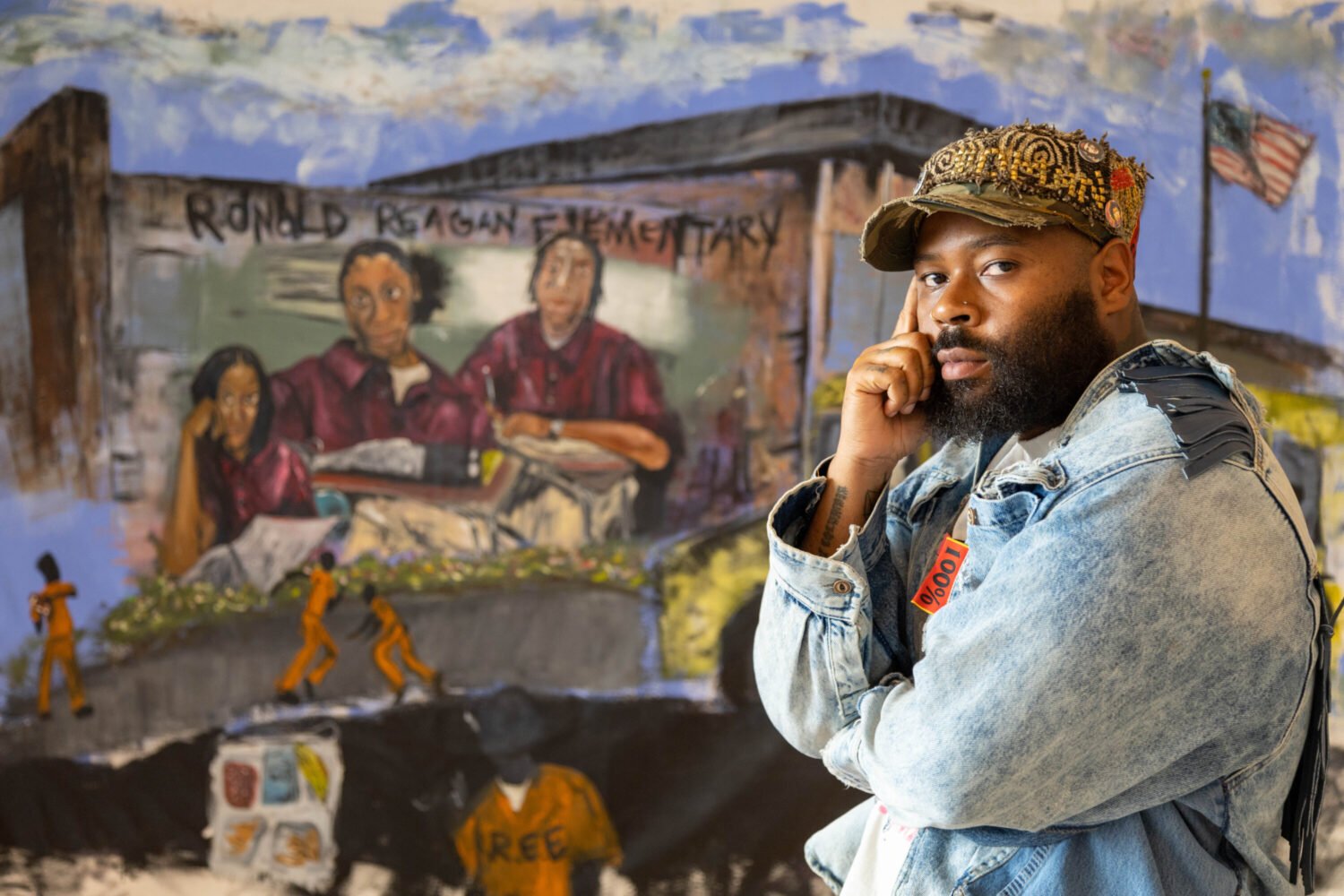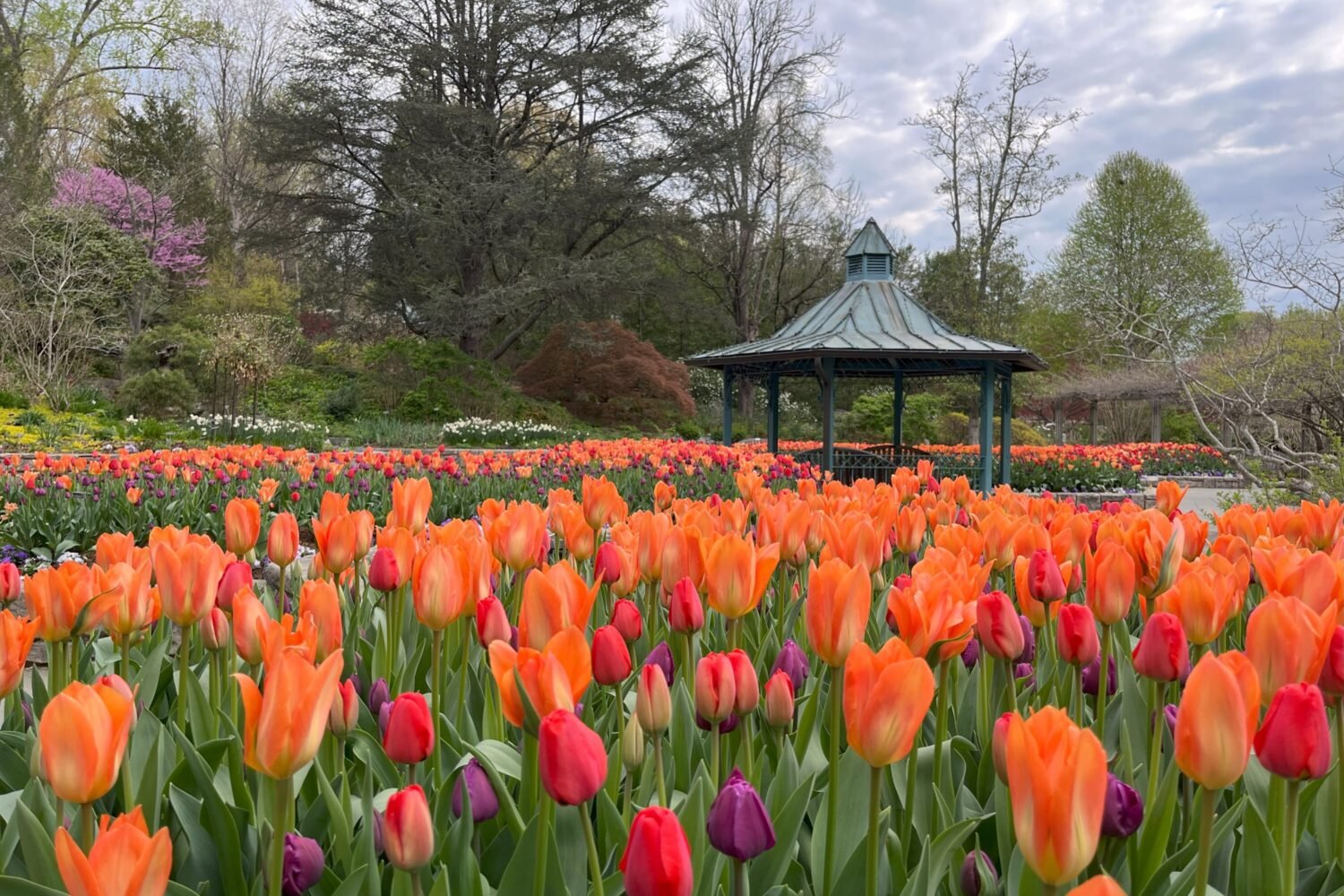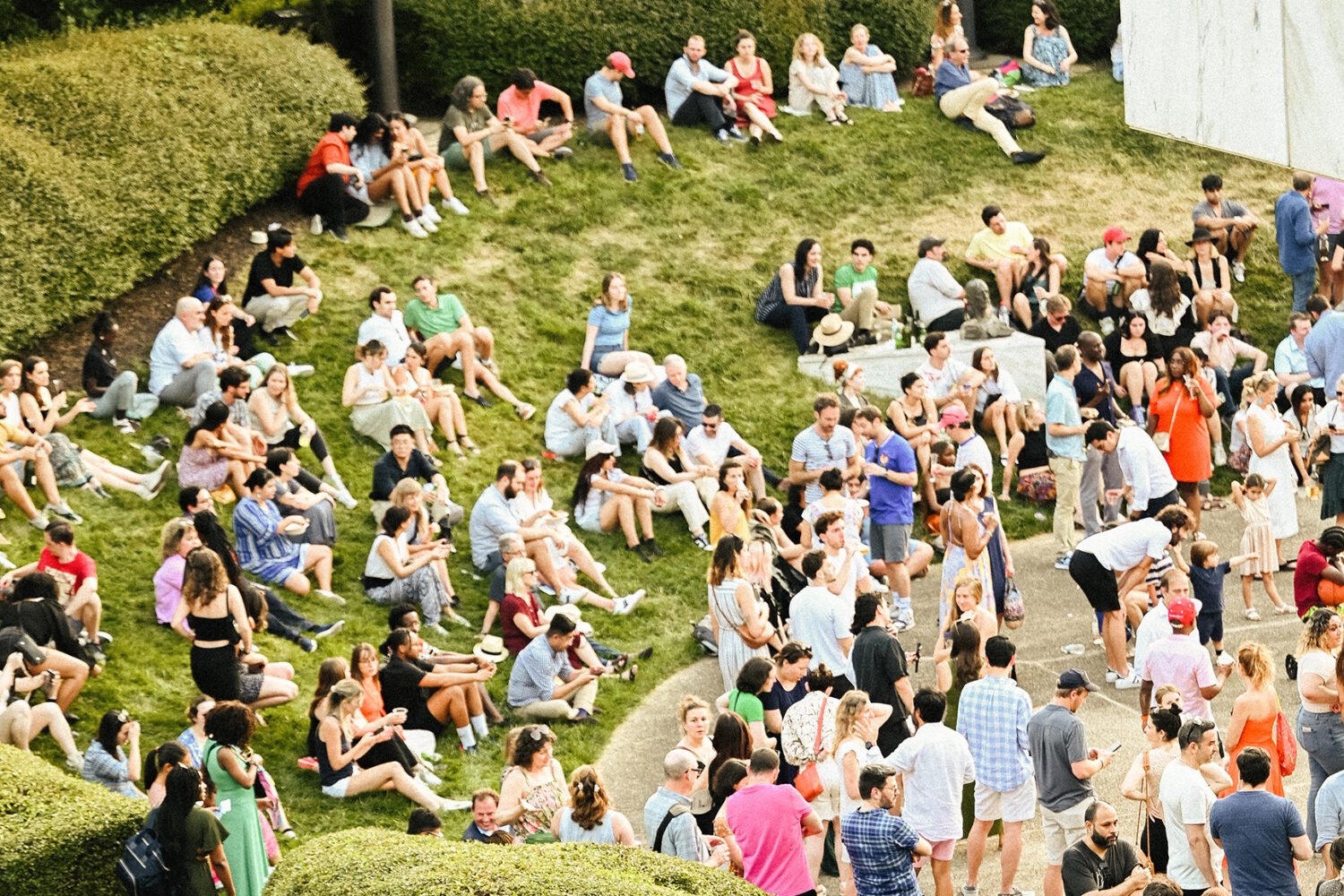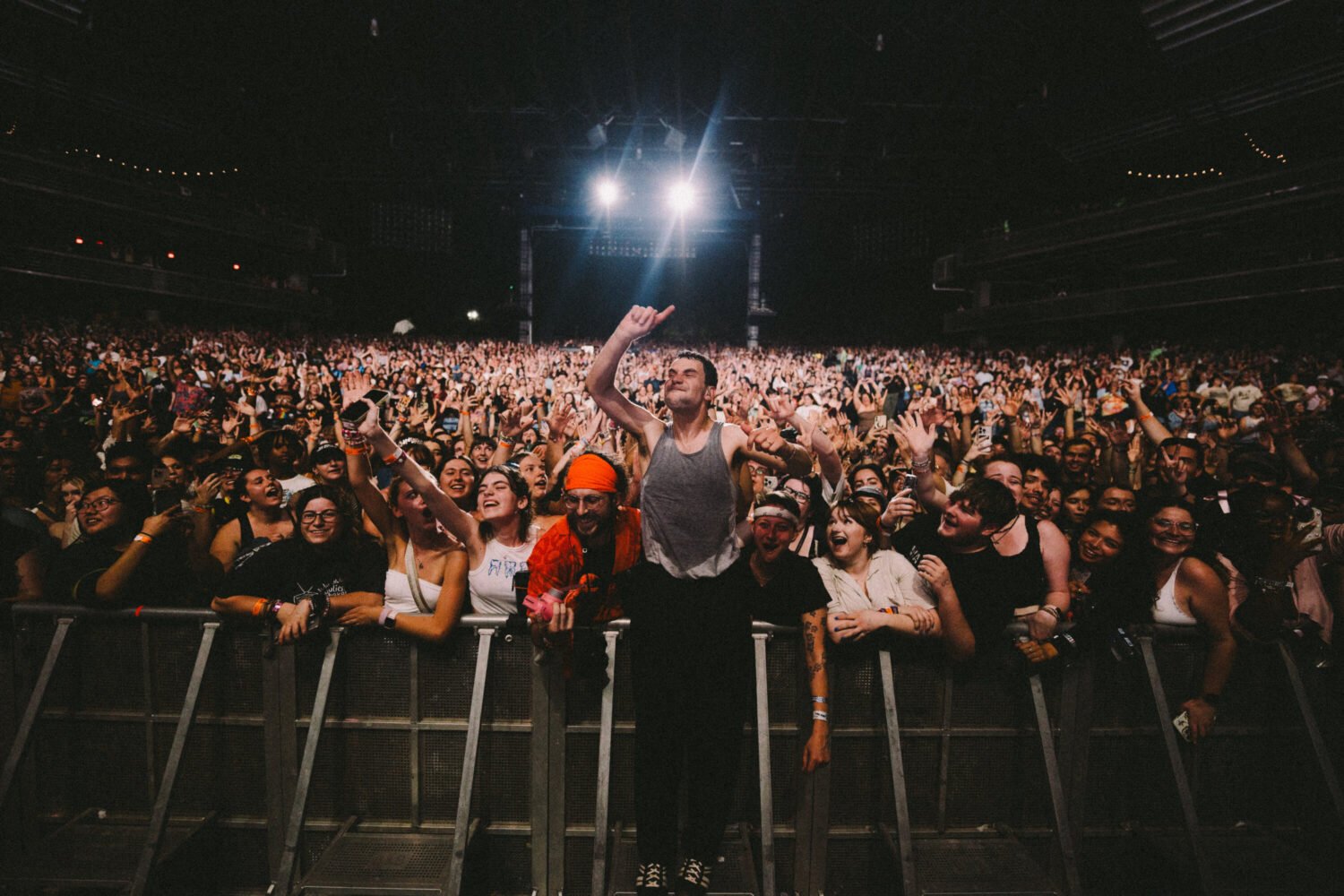People standing on top of whales. A rusty chain wrapped around a giant book. A narwhal’s
horn. Abstract photography. Shakespeare. What do these things have in common?
According to Folger Shakespeare Library director
Michael Witmore and photographer
Rosamond Purcell, quite a lot—if you know how to look. It was their desire to encourage the public
to see things differently that led to the creation of the library’s new exhibition,
“Very Like a Whale,” which displays Purcell’s photos alongside objects from the Folger’s
collection and passages from Shakespeare.
The show is named after a scene from
Hamlet in which the title character muses on the shapes of clouds with a beleaguered Polonius,
who is eventually forced to agree that the shapes are “very like a whale” (Act 3,
Scene 2). Both Witmore and Purcell were interested in the Renaissance way of categorizing
the world and the resulting associations made between seemingly disparate objects.
Together, through a two-year process that involved much back-and-forth between Witmore
in DC and Purcell in Massachussetts (often with phone messages that read something
like, “Found articulated cave-bear skeleton arm. Do we need it?”), the two came up
with different themes that reveal the depth and breadth of human fancy.
“We were looking at the way one thing can be transformed into another by the imagination,”
Witmore says.
Purcell’s photographs perfectly embody this idea. They require closer looks, second
thoughts, third glances. One titled “Leviathan” could be simply swirls; or those swirls
could look like a whale; or they could be waves on the open sea.
To achieve the distortion effect that makes her pictures so surreal and dreamlike,
she photographed landscapes and objects as they were reflected in a set of old mercury-glass
bottles.
“I took what was closest to me that could give me what I wanted,” she says. “My photos
are not [digitally] manipulated so much as having a source that manipulated the view.”
The bottles are also on display in the exhibit. Peering at the way they reflect the
room, it’s easy to see the connection between the idea of imperfect reflection and
the transformative nature of imagination. One could easily play the child’s game “I
Spy” with the distorted shapes and figures, both in the glass bottles and in Purcell’s
photos.
Featuring everything from the Folger’s own collection of rare manuscripts to the fossilized
inner ear bones of whales to a 16th-century automaton monk, the exhibit runs the risk
of becoming senseless—a bit of everything and, thus, nothing. But Shakespeare’s words
run throughout the exhibit, providing a backbone on which to rest. They might not
lend meaning exactly, but they provide inspiration, encouraging viewers to bring their
own perceptions and emotions to the objects. One particularly striking example is
three backlit prints of a 1772 fire in an Amsterdam theater, which reflect the display
of four partially burned leaves from a folio of Shakespeare’s
The Tempest, on which the words “Burn but his books” (Act 3, Scene 2) can be read.
Both Purcell and Witmore agreed immediately that the historical value of the folio
alone made it precious, but it was the combination of the burned pages with that particular
set of words and the scene as a whole that made it too great to leave out of the exhibit.
It might be hard to make out the words through the backlight of the display, but rest
assured, they’re there.
Though each object in the exhibit is labeled, there’s much left up to the viewer’s
interpretation and imagination. And that’s the point: to see both the literal and
the abstract at the same time.
“In a way, it’s like we were dreaming out loud, and looking into a mirror and seeing
what they wanted to see,” Witmore says. “The entire exhibit is a set of happy coincidences,
connections.”
“Very Like a Whale” is on display at the Folger Shakespeare Library through January
6, 2013. For more information, visit the Folger’s website.

